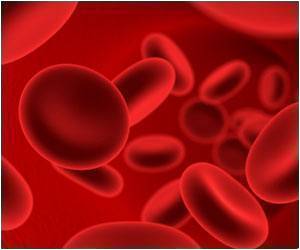A new medical breakthrough to grow 'test tube' veins and arteries has been made by a team led by an Indian origin scientist.

Working over the past four years they used patients' own skin cells to manufacture different types of vascular smooth muscle cells.
In a study, published in Nature Biotechnology, they said their technique was 90 per cent effective in tests and would be suitable for producing blood vessels on an industrial scale, the Telegraph reported.
Medical experts hailed the breakthrough, which they say could help in developing life-saving treatments for conditions such as heart attacks and strokes.
Scientists could now potentially create blood vessels in a laboratory environment for surgeons to use in transplant operations instead of undertaking riskier heart bypass treatments.
So-called "test tube" blood vessels could also be used to treat kidney dialysis patients or trauma victims.
Advertisement
"This research represents an important step towards being able to generate the right kind of smooth muscle cells to help construct these new blood vessels," he said.
Advertisement
"One type of blood vessel will be not suitable for everything.
"We are looking at making arteries and now we have the tools to engineer all different types of blood vessels which are appropriate for each patient," he added.
A Californian-based biotechnology firm grew whole blood vessels in a lab for the first time last June and implanted them into three kidney dialysis patients.
But the Cambridge team said they are the first to grow multiple types, which could have more medical uses.
Previous attempts to build veins have required plasma, usually taken from animals, which can contain chemicals toxic to humans, but this technique didn't use such methods, meaning it had fewer health risks.
Source-ANI












